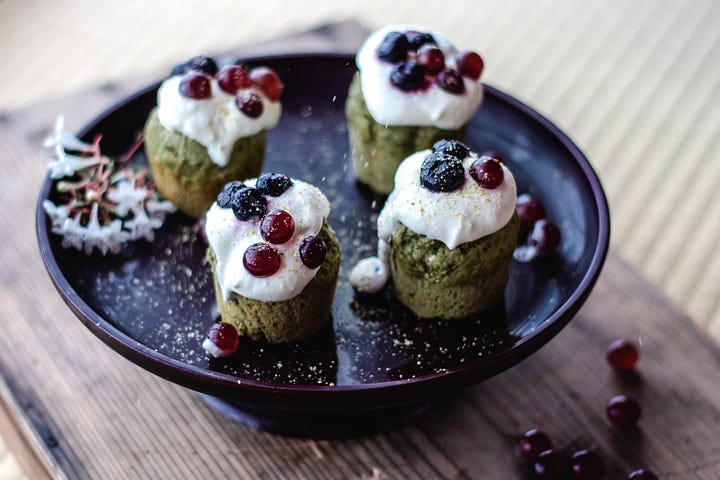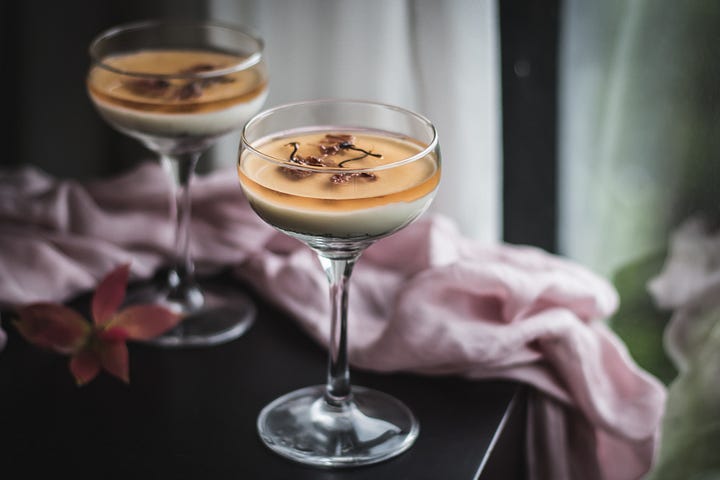Have you ever been to Japan? The country of Matcha, Sushi and other delights. This fascinating melting pot of new and old.
I have been to Japan many times since the ‘Japan-bug’ bit me almost 30 years ago. Yes, it’s been that long that I started collecting magazine articles, read books over books about the country and culture, began practicing Karate and eventually studied Japanese studies and graduated from university.
It’s been almost five years now since I entered that dreamland of mine last. And what a journey this has been…
In the spring of 2018 I was visiting a small tea farm for a Day Tour in the even smaller village Wazuka in the hills just outside of Kyoto. I was intrigued by what they do and their internship program. And I knew I had to return and participate in that program.
My fascination for tea wasn’t just random. I have been a coffee specialist for 10 years now. Since tea is another very interesting beverage and craft to me, I started digging deeper into how tea is cultivated, processed and prepared in 2017.
So I applied at that small tea company, got accepted and flew into Japan in mid April of 2019.
The first thing I remember after my arrival - still jet lagged - was that I bumped into a workshop about ‘How to make Houjicha’, roasted green tea. I was intrigued.
I had heard of Houjicha before, but had no clue what it actually was and how it was made.
I’m a very curious and eager to learn person, so I had tons of questions. We not only listened to what was shared with us interns, we were also able to roast our own green tea using a Horoku. Which is the traditional way of roasting this tea. Today there’s more advanced methods that can roast bigger batches, too.
Depending on which part of the tea plant you use - the young shoots or more mature leaves, the lower part, the stems - and from which harvest - one tea year has up to three harvests, spring, summer and fall -, plus the roasting level - lighter, medium, dark, you’ll receive a broad variety of roasted green teas. Very mild ones with a beautiful golden liquor in your tea cup or more robust ones yielding a darker color and bolder flavor.
What can you do with roasted green tea - Houjicha?
Well, you can drink it for one. It has a very nice toasty flavor and less caffeine compared to green tea, so it’s perfect for late night teas with this one.
Second, you can grind this tea into a powder and use it for your cooking and baking! Bam!
Another fact that hooked me immediately!
I knew of Matcha, ceremonial grade and kitchen or cooking grade. The latter can be used for all things Matcha color and flavor in your food. Matcha Latte, ice cream (Yumm!), cookies, you name it.
But there’s not only Matcha that can be ground into a powder and used for your Foodie adventures. Basically every type of tea can be ground up and used in cooking and baking. Not the very delicate ones, of course.
Usually the young shoots (two leaves and a bud) from the spring harvest are not used for tea powders. They have so much aroma and nutrients in them, you wouldn’t wanna mess them up by putting them in your food. Hence ceremonial grade Matcha should never be used for making Matcha Latte!
The tea company I was staying at offers tea powders of their Matcha, their Sencha, Genmaicha (green tea with roasted rice) and Wakoucha (the Japanese black tea).
And, Houjicha. Soooo many options on what to do with Houjicha powder!
During my 3-months journey on the Japanese tea farm, I was part of harvesting the tea leaves - I arrived just before the spring harvest, usually in late April/early May. Which is such an exciting time for every tea grower.
After harvesting we processed the tea leaves in the Sencha factory on the tea company's site. We packaged them, sent them out to tea lovers around the world and prepared them for and enjoyed them with the tour guests.
Curious about my daily life on the farm? Check out the Highlights on my Instagram profile. There you’ll find 12 weeks of a daily tea Vlog in small town Japan.
The company was small back then, so having the help of enthusiastic tea lovers as interns was much needed. At a time we were around 3 up to 5 interns supporting the harvest, processing, packaging as well as hosting tea tour guests.
We also indulged in all things Japanese cuisine. Of course I made Sushi! And not just once! But we also experimented with all those amazing tea powders we had on hand.
While I was staying there, a young woman from Morocco, Hajar, was with me as an intern as well. She was into tea pastries and tested a lot of very fascinating recipes that I was able to capture with my camera.


Others used Sakura (Japanese cherry) blossoms and leaves for making infusions and jelly. It was a fun time for everyone.
We made tons of recipes using the tea farms tea powders. Banana bread, Matcha truffles and pancakes. I even put it into my morning oatmeal.
In this Blog Post I’m sharing one of those recipes with you today. It is super easy to make and has very few ingredients, too, which I’m a big fan of!
The recipe: Houjicha Crepe Cake
The French Crepe is a very thin pancake that can be stacked into a cake quite easily. Depending on how high you want your cake to be, make at least 10 to 15 small to medium sized crepes.
For the Houjicha Crepes
This makes about 10 medium sized crepes.
160 grams (1 1/4 cups) all purpose flour
2-3 eggs
300 ml (1 1/4 cups) milk (dairy or non dairy as you prefer)
1-2 tbsp butter
1 tsp vanilla extract
1 tsp Houjicha powder
pinch of salt
Oil or butter for frying
For the Houjicha Whipped Cream
100 ml heavy or whipping cream
1 tsp maple syrup (or more, if you prefer it sweeter)
½ to 1 tsp Houjicha powder
How to make the Houjicha Crepe Cake
Sift your flour into a large mixing bowl to prevent clumping. Combine the dry ingredients with the flour. Melt the butter and combine with the eggs and the milk.
Mix the wet ingredients with the dry ingredients to form a batter. Let sit for at least 10 min for the batter to rest. Ladle your batter into a skillet, try making the crepes as thin as possible. Cook the crepes over medium heat and set aside to cool and for assembling later.
For the whipped cream use a mason jar and add your whipped or heavy cream in there together with the maple syrup and the Houjicha powder. You may need to sift the powder here to avoid any clumps.
Mix well with a spoon or mini whisk, if you have one - Japan has tons of miniature kitchen utensils, which are very kawaii (cute in Japanese). Then close the jar and shake. As soon as the cream solidifies, it’s good to use.
Assemble the Houjicha Crepe Cake by stacking the crepes on top of each other with each a scoop or two, depending on how big your crepes are, of the Houjicha whipped cream in between.
Keep refrigerated until serving or put it in the freezer for more of an ice cream cake consistency. Garnish with some walnuts - they pair very well with the toasted flavor of the Houjicha powder - and/or fruit preserves on top. Enjoy!








